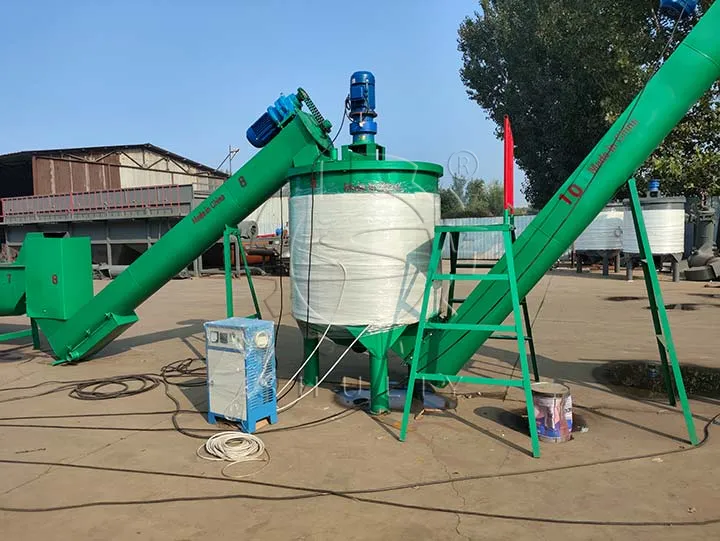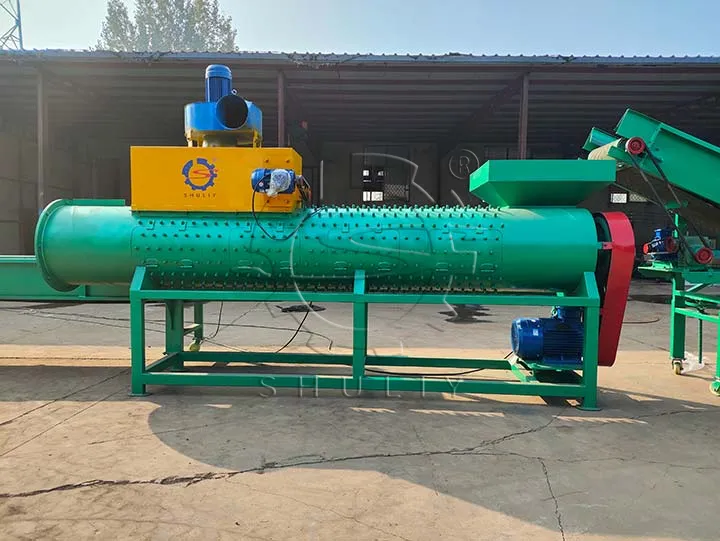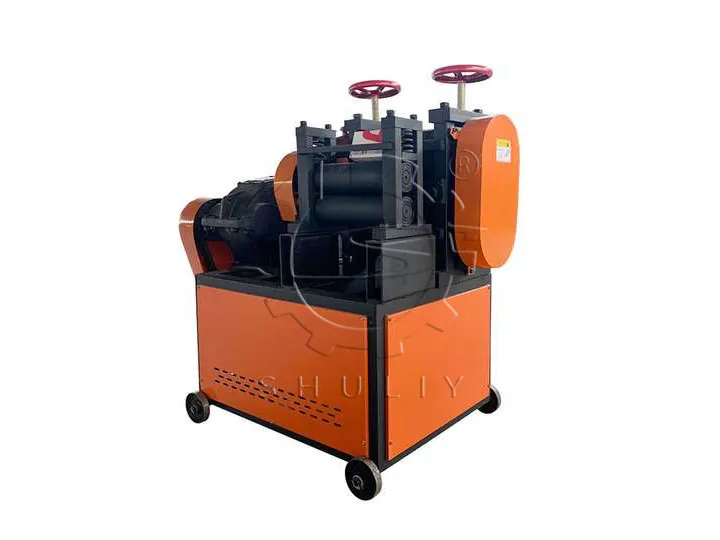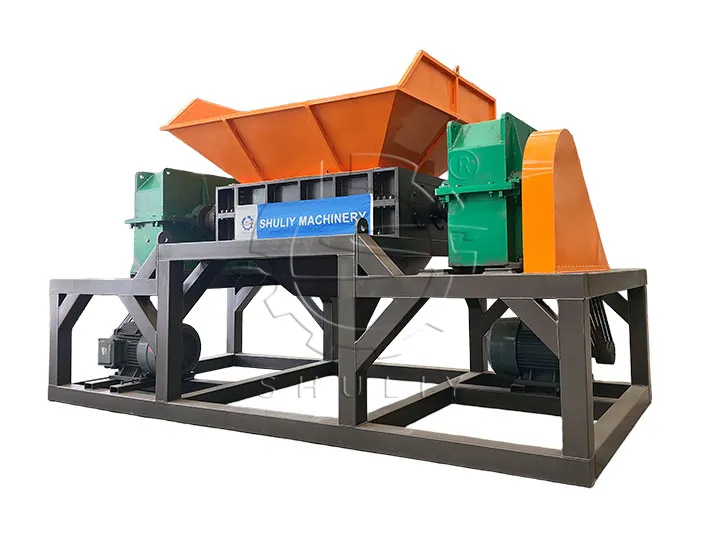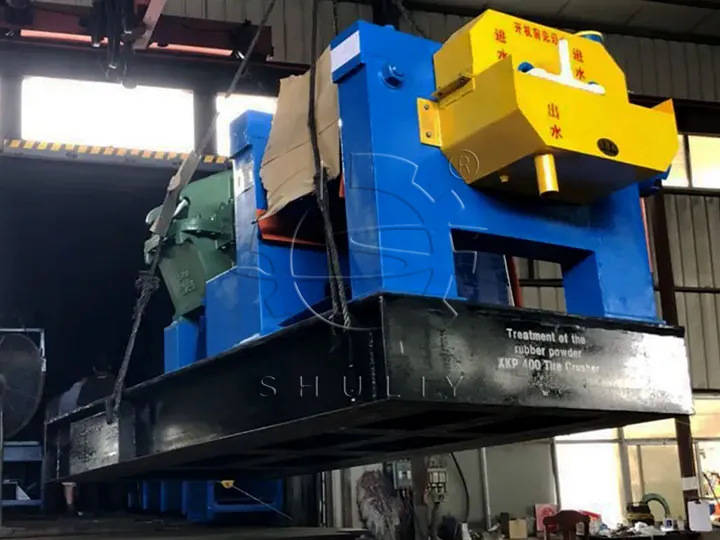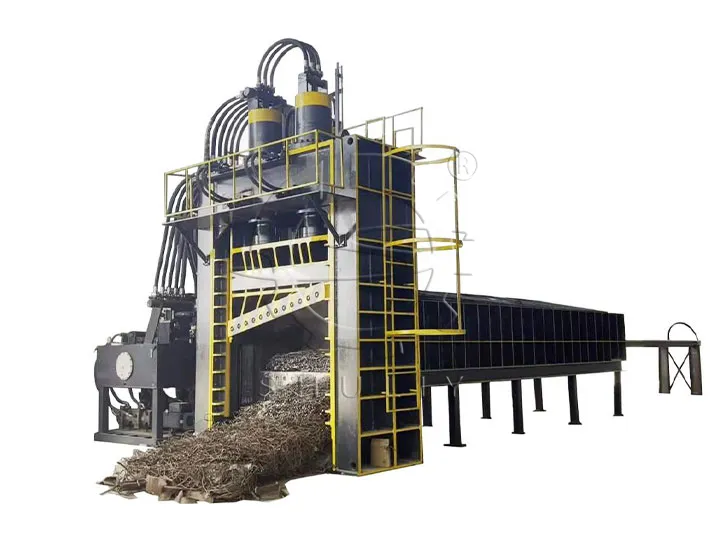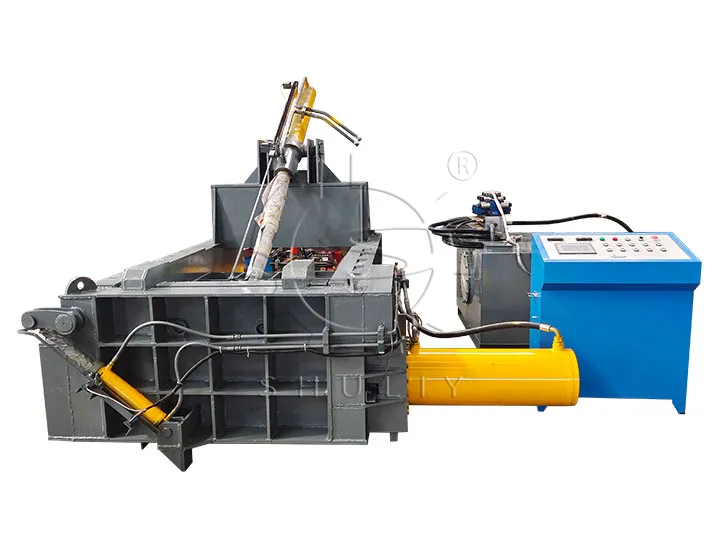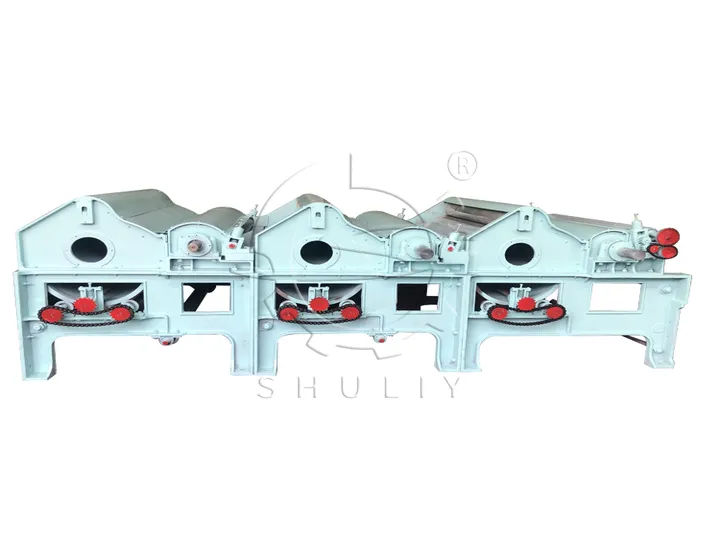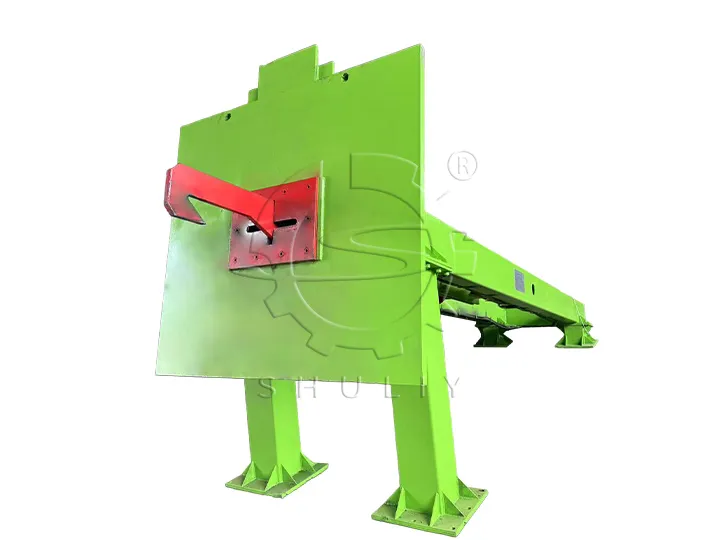Serpihan botol PET daur ulang diproses dari limbah botol PET setelah dihancurkan dan dicuci. Pada tahun 2022, volume daur ulang sampah plastik Tiongkok adalah 18 juta ton, yang mana 5,3 juta ton PET daur ulang diproduksi, terhitung 34%, dan 4 juta ton botol PET dibuang, terhitung 22%, dan diharapkan daur ulang sampah plastik Tiongkok volume pada tahun 2023 akan lebih dari 20 juta ton.
Hasilnya, proyek daur ulang botol PET mengalami lonjakan permintaan dalam negeri dalam beberapa tahun terakhir. Namun, fluktuasi harga daur ulang serpihan botol PET daur ulang memiliki dampak yang signifikan terhadap pembangunan berkelanjutan di seluruh industri. Apa sebenarnya faktor yang menyebabkan fluktuasi harga daur ulang? Artikel ini akan mengeksplorasi beberapa aspek.
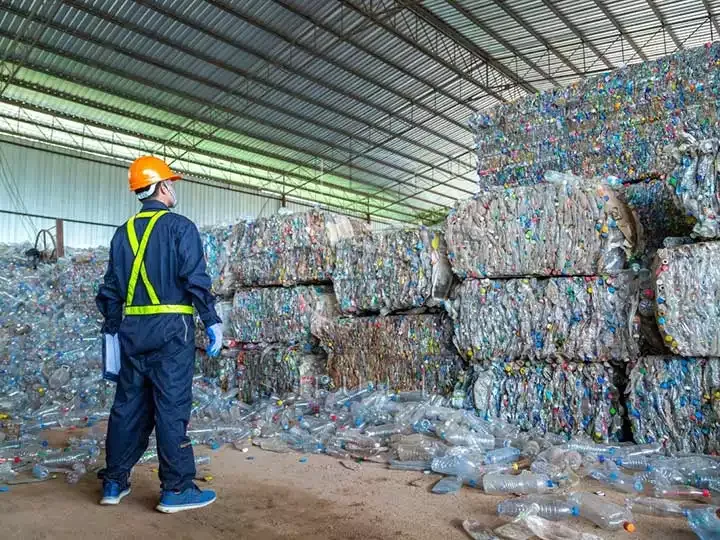
Latar Belakang Daur Ulang Botol PET
Sebagai produk plastik yang banyak digunakan, botol PET menghasilkan limbah dalam jumlah besar di seluruh dunia. Untuk mengurangi pencemaran lingkungan dan limbah sumber daya, daur ulang dan penggunaan kembali botol PET telah dilakukan di seluruh dunia. Namun, terdapat serangkaian masalah dalam proses daur ulang, yang secara langsung mempengaruhi kualitas dan harga daur ulang serpihan botol PET daur ulang. Dari analisis proses daur ulang dan pengolahannya, dapat disimpulkan empat poin berikut:
Kekurangan Dalam Proses Penyortiran Bahan Baku
Botol plastik sebagai bahan bakunya dapat digolongkan menjadi dua kategori, yaitu botol bata dan botol lepas, menurut kondisinya. Batu bata botol dapat dibagi lagi menjadi batu bata lima warna, batu bata tiga warna, dan batu bata satu warna. Yang beredar utama di pasaran adalah batu bata tiga warna yang dipadukan dengan botol putih, biru, dan hijau. Batu bata botol ini tidak hanya mengandung pasir, minyak, kertas, dan kotoran lainnya tetapi juga dapat tercampur dengan beberapa bahan limbah lainnya.
Jika terdapat terlalu banyak kotoran setelah dibongkar, hal ini akan mengurangi proporsi serpihan botol PET daur ulang secara signifikan. Pada tahap penyortiran manual, jika tidak dipilih dengan cermat, mungkin terdapat situasi di mana bahan lain-lain dihilangkan. Fakta bahwa beberapa potongan tidak dipisahkan secara menyeluruh pada tahap pemrosesan juga dapat menyebabkan sedikit perubahan warna pada bahan yang diperoleh kembali, yang dapat mempengaruhi harga serpihan botol PET daur ulang.
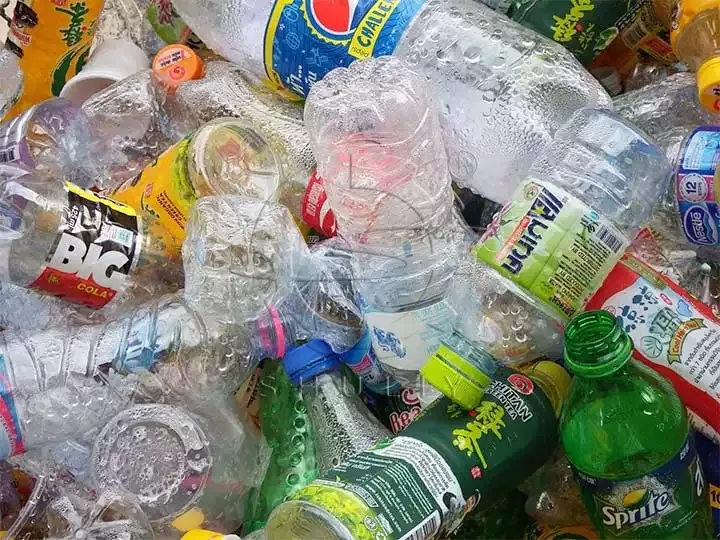
Lemahnya Pemilihan Bahan Baku
Karena kualitas bal botol yang berbeda, banyak yang tidak dikemas akan tercampur dengan berbagai botol plastik, banyak mesin daur ulang botol PET belum dapat mencapai penyortiran akurat 100%, tetapi juga memerlukan pemilihan ulang manual oleh penjaga gerbang. Beberapa botol plastik khusus mungkin terlewat selama proses daur ulang. Misalnya, beberapa botol plastik mungkin tercampur dengan bahan lain dan perlu dipisahkan secara terpisah pada tahap penyortiran manual. Jika botol-botol khusus ini terlalu tercampur, akan sulit diproses untuk pemisahan individu. Selain itu, kotak plastik dengan tutup aluminium berdiameter besar dan botol plastik yang menguning dan menua perlu diidentifikasi dan dipilih. Oleh karena itu, pelatihan awal operator menjadi sangat penting.
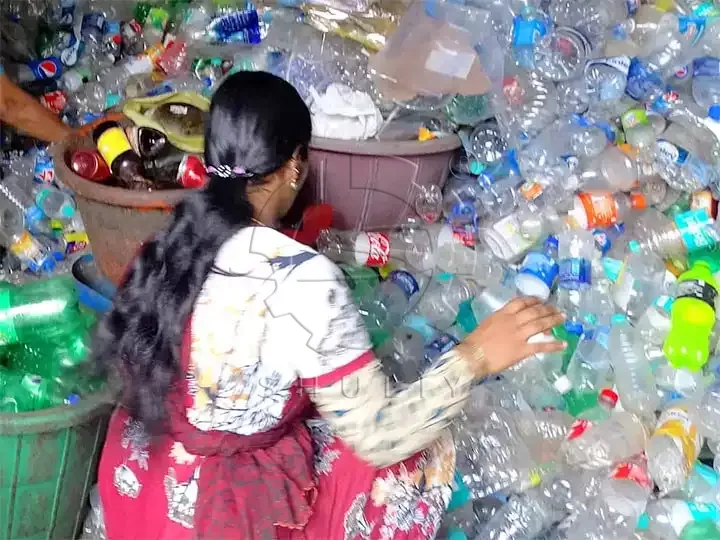
Label Dan Tutup Tidak Terpisah Sepenuhnya
Pemisahan label dan tutup botol yang tidak lengkap juga menyebabkan ketidakstabilan harga daur ulang serpihan botol PET daur ulang. Botol plastik biasanya terdiri dari tiga bagian, tutup, label botol, dan badan botol, kami terutama mendaur ulang potongan badan botol yang sudah jadi, namun tutup dan label botol juga harus dipisahkan secara terpisah.
Tutup botol dapat dibagi menjadi dua kategori utama PP dan PE, label botol plastik dapat dibagi menjadi label PVC yang dapat menyusut panas, label perekat PP dan PE, dan label stiker.
Diantaranya, label PVC yang dapat menyusut karena panas harus dipisahkan dari label sebelum dihancurkan, dan label perekat serta label dapat dipisahkan dengan menggunakan pembilasan padat dan pemilihan udara setelah pencucian panas dan pelepasan dari serpihan botol.
Proses Mempengaruhi Harga Serpihan Botol PET Daur Ulang
Ada banyak faktor yang mempengaruhi kualitas produk jadi, termasuk pencucian panas bersuhu tinggi, pembilasan berkali-kali, dewatering dan pengeringan, serta pemuatan bale yang dipilih melalui angin yang dapat menimbulkan masalah.
Dalam pencucian panas bersuhu tinggi, kontrol suhu dan waktu sangat penting, umumnya memasak harus 85 hingga 92 ℃ selama 20 menit, atau bahkan lebih lama, untuk memastikan kebersihan dan viskositas memenuhi persyaratan. Pembilasan berulang kali adalah kunci untuk memastikan kebersihan, pembilasan yang lebih sedikit sulit untuk menghilangkan jumlah lem dan bahan tambahan secara efektif, sehingga mempengaruhi kualitas serpihan botol PET daur ulang. Pengeringan dehidrasi, kadar air hanya 1-2%, laju dehidrasi yang terlalu tinggi akan mempengaruhi keakuratan penyortiran selanjutnya. Pemisahan udara memerlukan penggunaan mesin sortir berkualitas tinggi untuk memisahkan bubuk dan kertas secara menyeluruh dari serpihan untuk mendapatkan kemurnian yang lebih tinggi dari serpihan botol PET daur ulang.
Proses-proses ini berkaitan erat dengan kualitas serpihan botol PET daur ulang, dan pemahaman mendalam tentang pasar serta prosesnya sangat penting untuk mendaur ulang plastik dan menghindari tenaga kerja.
